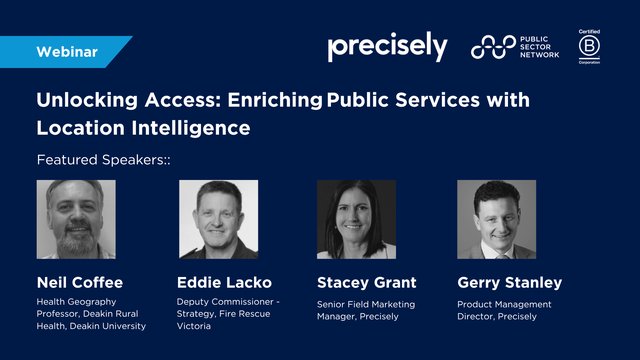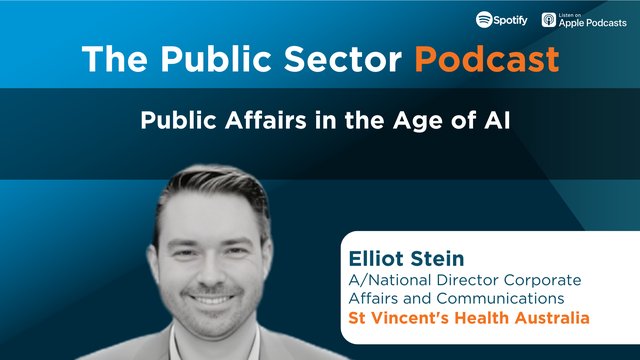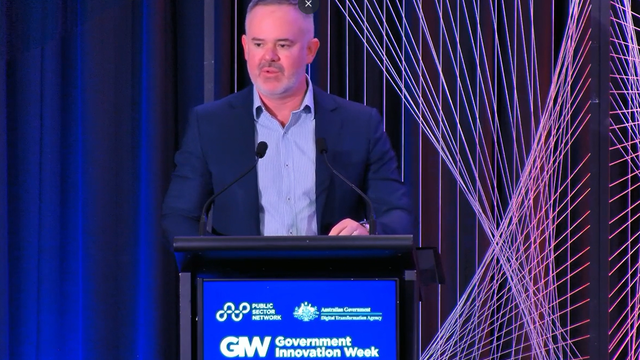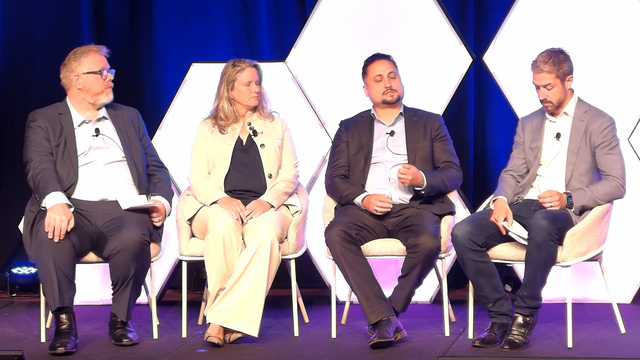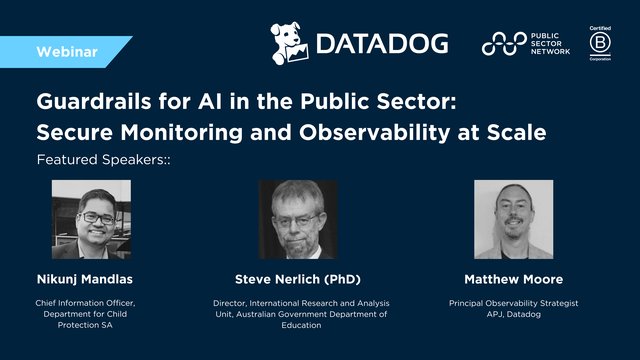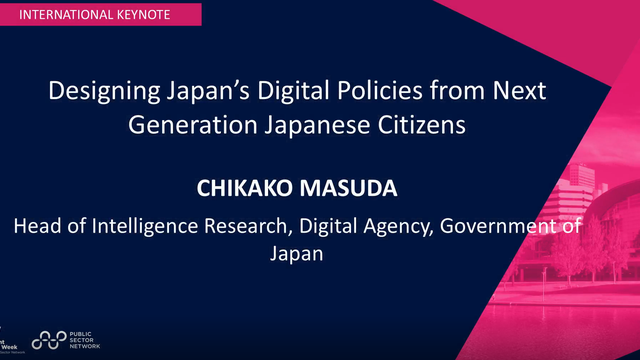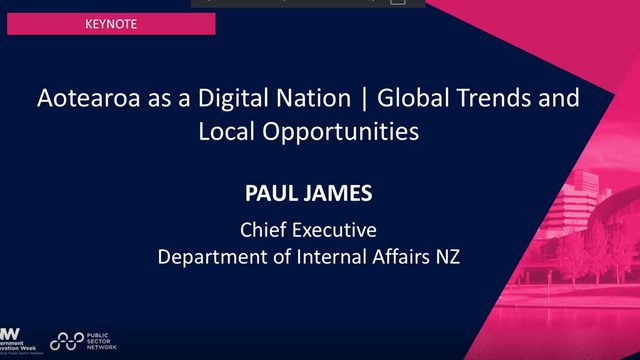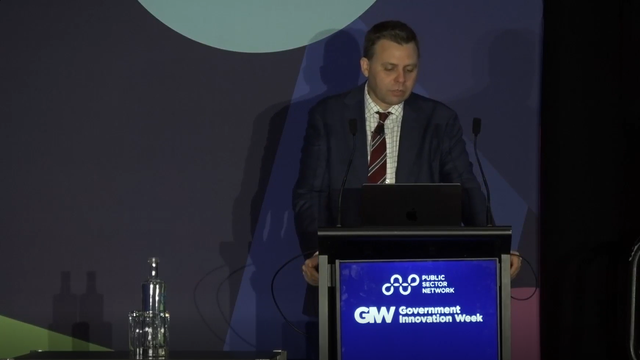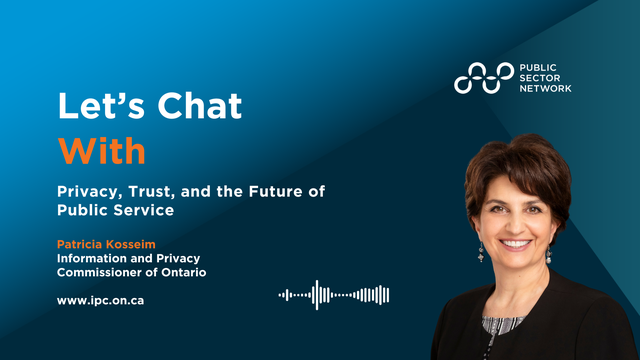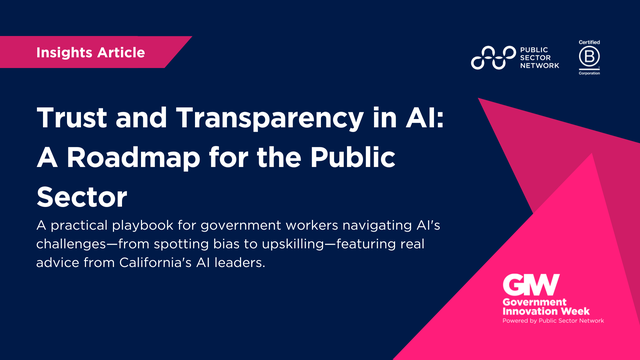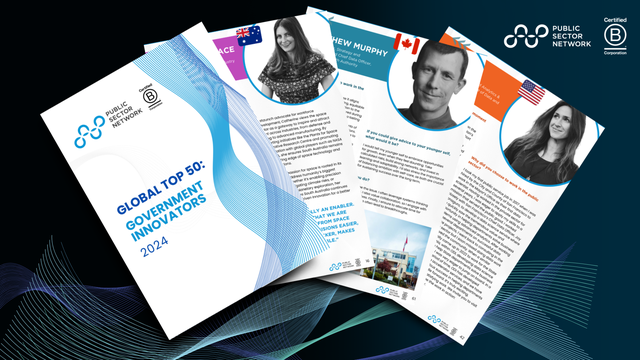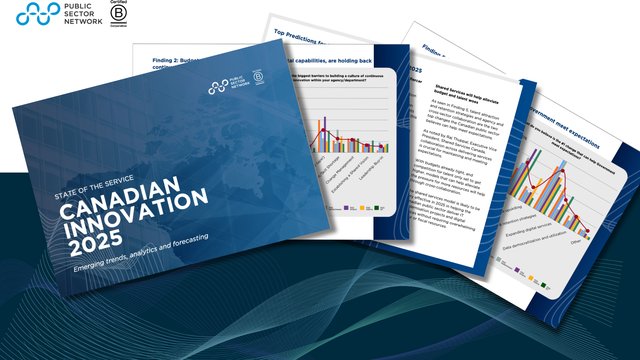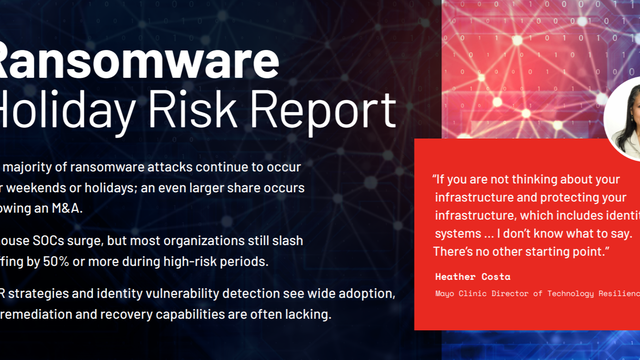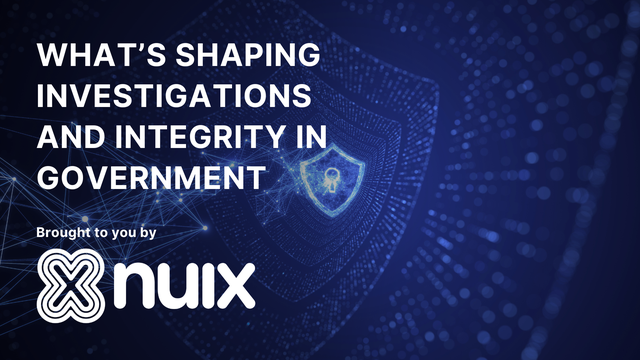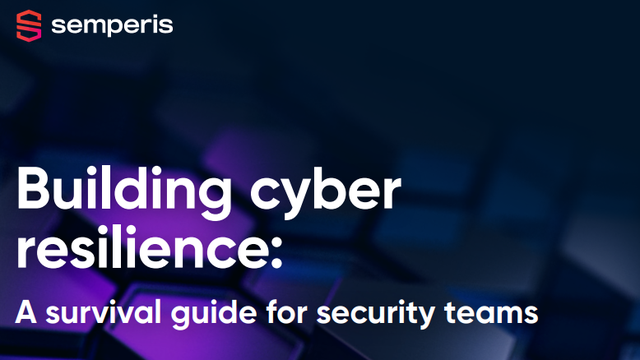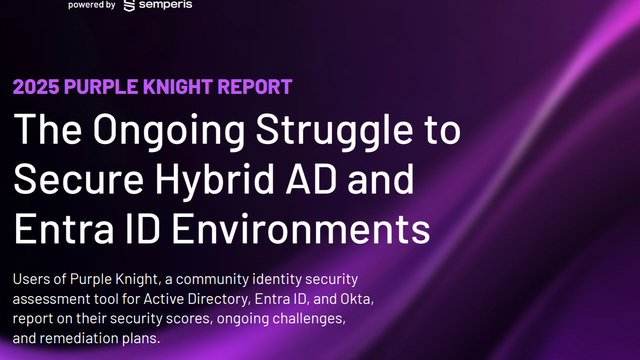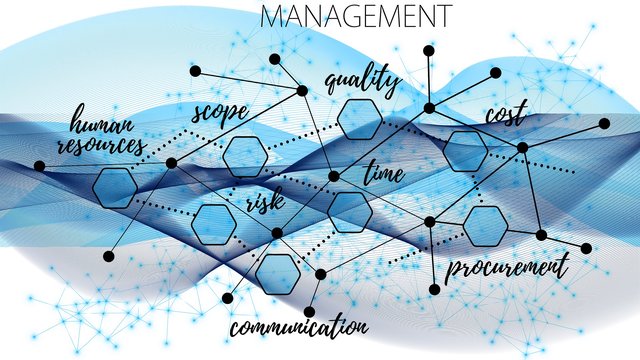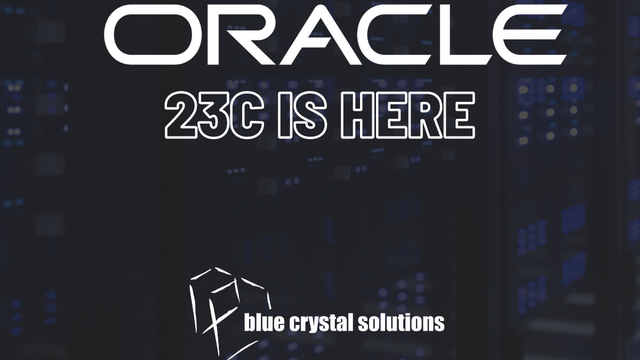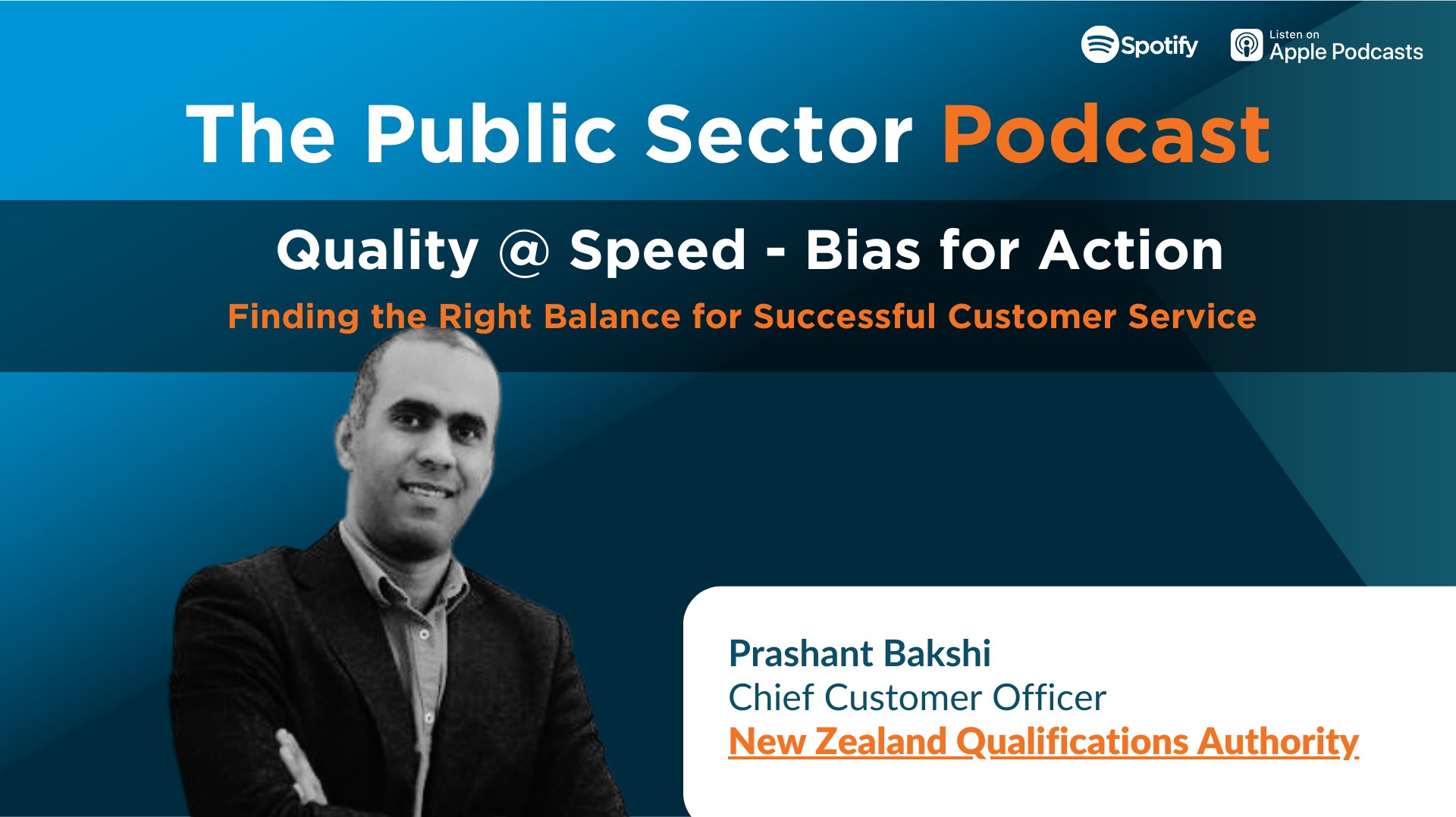
In this episode of Public Sector Podcast, we explore how Prashant, Chief Customer Officer at NZQA, is driving a bias for action and ensuring that quality at speed is at the forefront of public sector service delivery. He challenges traditional thinking by emphasising minimum marketable products (MMP) over over-engineered, time-consuming solutions, making a case for rapid execution while still delivering value to customers.
What is Quality at Speed?
The key theme of this episode is finding the right balance between quality, speed, and cost. Prashant breaks down the "Iron Triangle" of project management—time, cost, and quality—and explains that no project can optimise all three perfectly. Instead, public sector leaders need to prioritise what truly matters to their customers.
His approach to quality at speed includes:
- Bias for action: Moving forward with practical, real-world solutions rather than waiting for "perfect" policies or projects.
- Minimum Marketable Product (MMP): Ensuring that products aren’t just viable but actually deliver value to customers from day one.
- Reducing bureaucracy: Streamlining decision-making and avoiding excessive memos, templates, and planning that slow progress.
Key Initiatives and Strategies
1. Using Agile, Lean, and Design Thinking for Faster Results
Prashant highlights that design thinking helps identify pain points, but it doesn’t always translate into quick execution. To move fast, he combines Lean methodology and Agile development, ensuring that:
- The right problems are identified.
- Solutions are tested and improved quickly.
- Projects don’t get stuck in unnecessary bureaucracy.
2. The AI Chatbot Pilot at NZQA
Instead of launching a fully-fledged AI-powered chatbot from the start, Prashant piloted a small-scale chatbot with clear success measures:
- 50% reduction in manual calls
- 80% success rate in resolving queries
- Proven cost avoidance, leading to further investment in AI tools
This iterative approach allowed his team to test, refine, and scale without wasting time on unnecessary complexity.
3. Rapid Hiring Using a Creative Approach
During COVID, Prashant needed to recruit fast in a highly competitive talent market. Instead of waiting three months for a traditional hiring process, he:
- Created a LinkedIn video ad in just three hours.
- Used a bold and unconventional approach to attract candidates.
- Successfully hired the right people without unnecessary delays.
4. Public Sector Digital Transformation at Speed
Public sector projects are often weighed down by long timelines. Prashant shared examples of cutting project times drastically, including:
- Reducing a school exam portal launch from three months to one day by leveraging existing call center data instead of conducting lengthy surveys.
- Developing an AI-driven exam cheating detection tool in just one week instead of the originally planned two months—resulting in 7,000 manual hours saved.
The Role of Collaboration and Influence
Prashant emphasises that true transformation requires influence. Leaders must:
- Tell compelling stories to gain buy-in from decision-makers and vendors.
- Work closely with partners instead of treating them as mere suppliers.
- Break through bureaucratic resistance to deliver what customers actually need, rather than focusing on perfecting internal processes.
His approach encourages public servants to stop over-engineering solutions and instead focus on what truly matters to customers.
Looking Ahead: A More Agile Public Sector
As government agencies embrace digital transformation, Prashant believes the future belongs to teams that:
- Move fast, test quickly, and iterate often.
- Prioritise delivery over documentation.
- Challenge traditional thinking about quality vs. speed.
By shifting from "perfect but slow" to "fast but effective," the public sector can become more responsive, efficient, and customer-focused.
Key Takeaways
✔ Quality at speed is possible – but requires a shift in mindset.
✔ Minimum Marketable Product (MMP) ensures solutions are useful from day one.
✔ Bias for action is crucial – don’t wait for perfect conditions to start.
✔ Storytelling and influence drive change – transformation isn’t just about data, it’s about convincing people to act.
✔ Challenge bureaucratic inefficiencies – question whether processes are serving customers or just slowing progress.
Join us as we explore how public sector leaders can deliver high-quality services quickly and effectively, without getting stuck in outdated ways of working.


